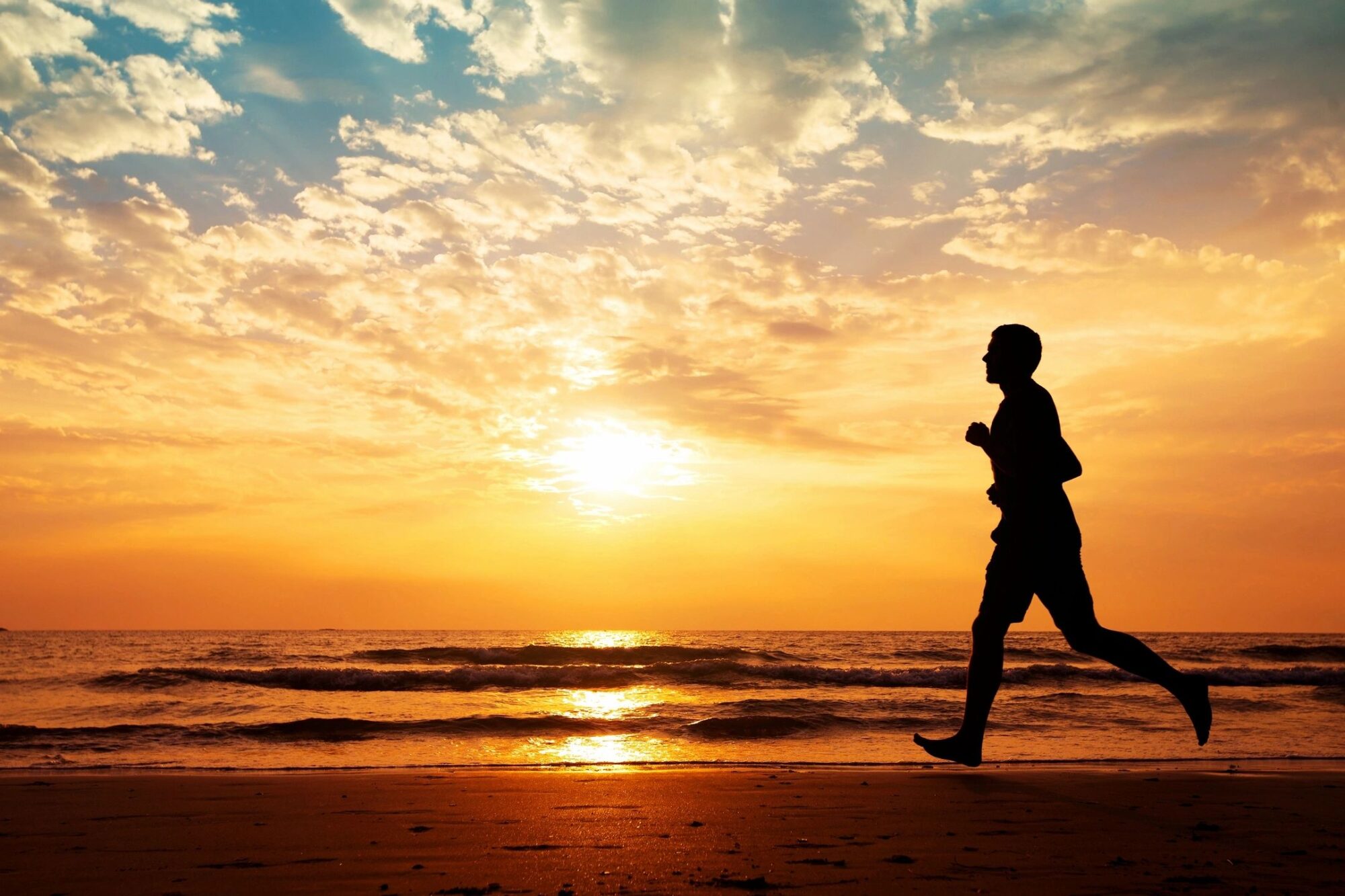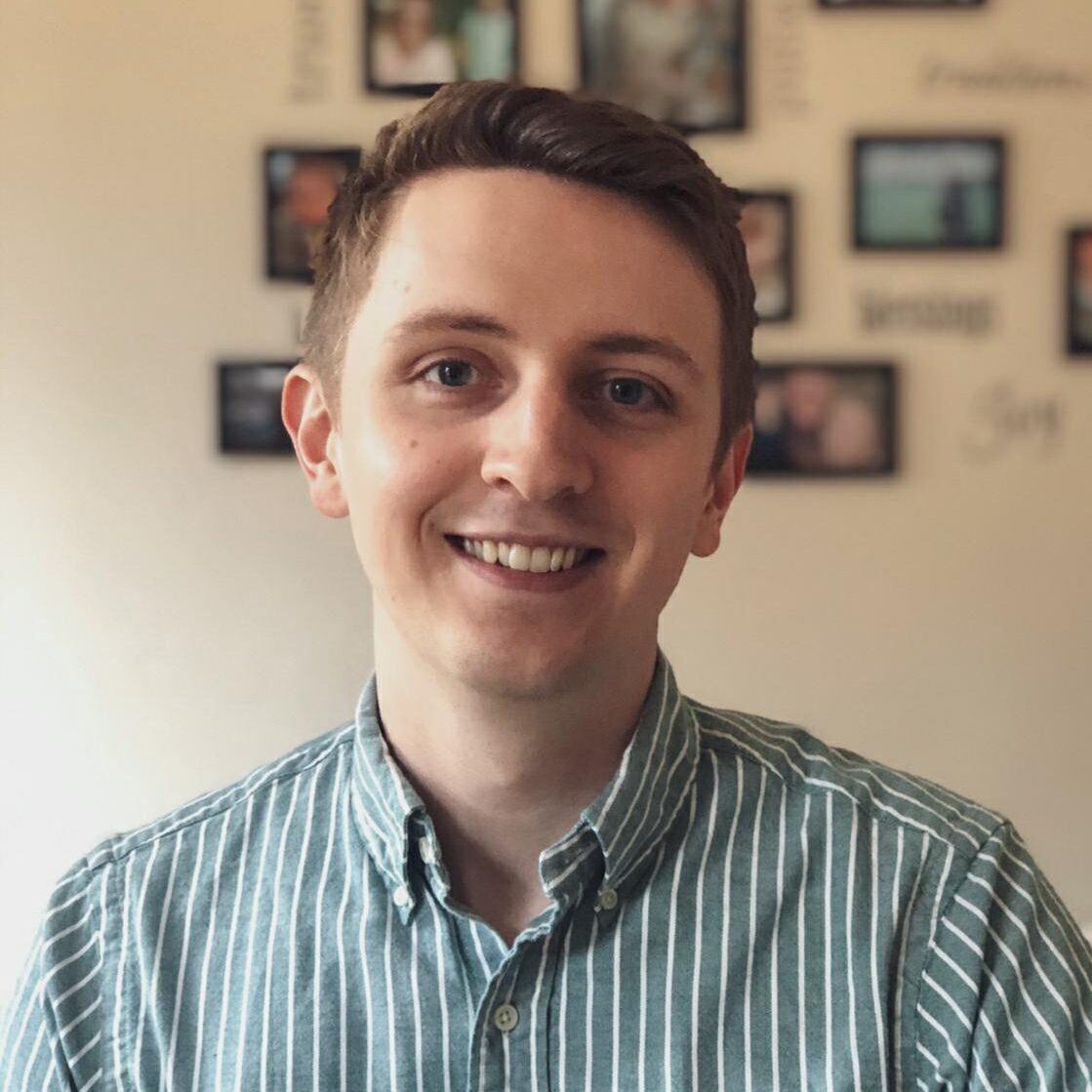Light. We see it every day, but why is it so important to photography? How is it that the right lighting conditions can make or break a photo? And most importantly, what kind of lighting should you be using in your photos? All will be revealed, have a read below to discover three types of light in photography.
Natural Light
The first type of light in photography is also the most important: Natural light. This refers to the light that we see every day – that which comes from the sun. This kind of light can entirely illuminate a subject when used properly, and perhaps the best thing is that it’s free! Just head outside during the day and you’re sorted. But there are many other considerations with using natural light. Natural light is constantly changing and so the time of day and the position of the sun are critical to how this light will look in your photos. If it is 12pm on a bright day, shadows tend to be harsh which is often not desired. There are of course ways of mitigating this problem, for example by having the subject’s back to the sun. On the other hand, the favourite time of many photographers to shoot is during golden hour. This is when the sun is either setting or rising, producing a natural light that is very soft and diffused, and often giving the sky some gorgeous colours.

One photographer who swore by natural light was Rodney Smith, who claims to have used natural light in 99% of his photos. Rodney Smith was a fashion and portrait photographer, born in Long Island, New York in 1947, who for most of his life shot exclusively in black and white. He also took photographs for many large corporations, taking powerful and unique images of CEOs and board members. What is even more impressive is that his photos are unedited. Most of his work was made using a 35mm Leica M4 rangefinder camera and however the photo looked inside the camera when it was taken was how the final product looked. In an age where everyone is obsessed with the latest tech and best editing practises, Rodney Smith’s work is a breath of fresh air and it says a lot about the quality of his photos that they still stand out just as much today as they did when they were made. A great talk by Rodney Smith about his life and career in photography can be viewed here. His work alone should be enough to convince you of the quality of natural lighting.
Flash
While natural light can be great, sometimes it’s just not enough for what you’re trying to do. In these circumstances you might be best using an artificial flash. Flashes work by emiting a quick and bright spark of light that lasts very briefly, but can completely illuminate your subject. Artificial flashes are an industry standard product to use as they offer powerful, professional-quality lighting that can be easily controlled. Flashes are often accompanied by accessories such as diffusers and tripod stands, this is because in order to get that smooth, diffused light that the sun gives off, it is necessary to use an umbrella or light bounce first. A list of our recommended flashes and accessories can be found here.
Continuous
The advantage to continuous lighting is that ‘what you see is what you get’. This can make it easier to visualise your photo before you take it, unlike with a flash where you can never be entirely sure of how the image will look until you take it. But continuous light can also come from sources that are already around us, such as the fluorescent lights in a room. While photographers often detest this kind of light source, they do have their space in a photographer’s arsenal. A good example of this would be neon lights, which are often used in creative ways, particularly in travel photography on Instagram. Think of a busy Tokyo street photo. The artificial lighting of various restaurant and business signs add to the photo and bring a futuristic feel. This shows that continuous lighting can be a great source when used properly. However, there are disadvantages to using continuous artificial light sources. One of the main gripes with this lighting method is that they are just not as powerful as flash lights and so may not always be appropriate in a professional capacity, or in certain lighting conditions (for example when trying to overpower the sun’s light).


